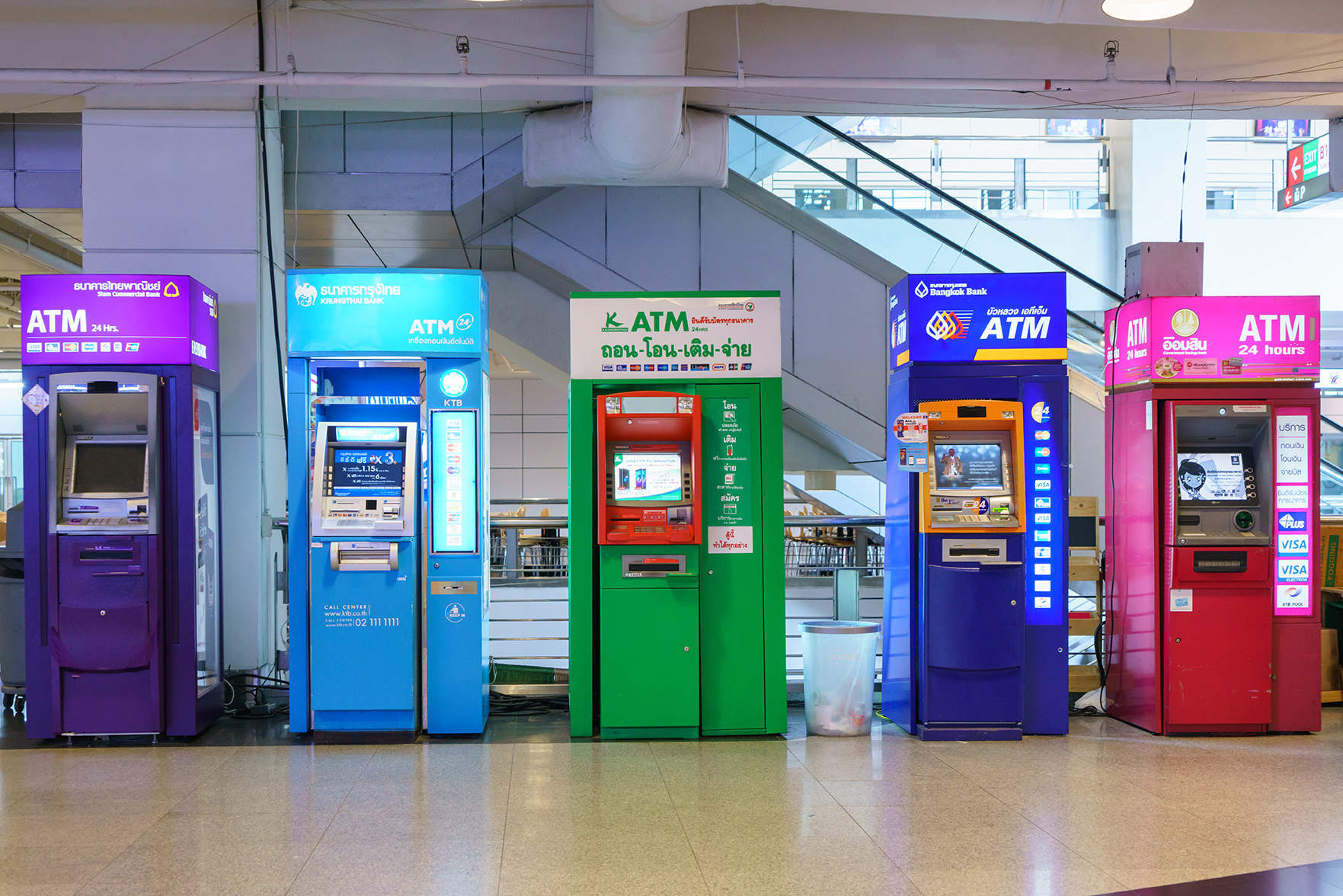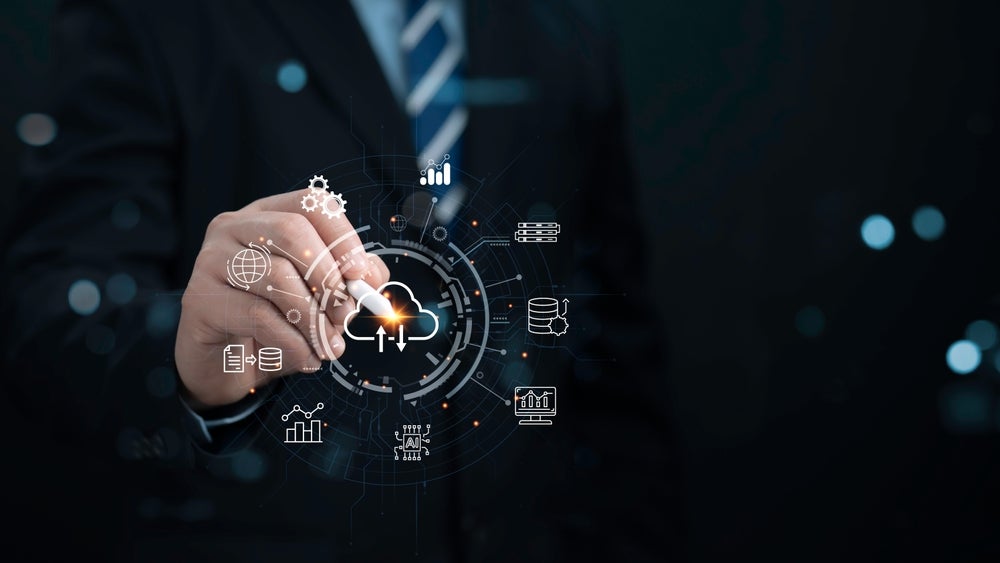Originally introduced as a quick way of withdrawing cash, the ATM has served us well over the past 50 years.
We take for granted nowadays the ability to use our card anywhere in the world to obtain cash in an incredibly short amount of time, although it’s remarkable when you consider that our account information and your PIN has to travel through multiple networks to reach your bank for approval.
With banks looking for an opportunity to build out the capabilities of these machines, ATMs have evolved to become service points, offering customers the facility to pay bills, review investments or deposit cheques.
In many countries this has been through necessity, such as in the UK, where the largest lenders have closed some 1,000 branches over the past two years, leaving some communities with no high street contact with their bank.
In the US, Bank of America introduced video conferencing to ATMs, allowing customers to speak with remotely located bank tellers in real time.
Convenience and security
A big concern is finding a balance between convenience and security.

US Tariffs are shifting - will you react or anticipate?
Don’t let policy changes catch you off guard. Stay proactive with real-time data and expert analysis.
By GlobalDataIt didn’t take long, for example, before scammers found their way into ATMs.
Using a combination of card skimmers and cameras, it became possible to capture consumers’ card information and PIN, and use these to make withdrawals or run up unauthorised charges.
The Personal Identification Number, or PIN, was the security method of choice when the ATM was first introduced decades ago.
Since then, security threats have continued to develop, requiring an evolution in the means of defending against them.
Biometric technology, such as fingerprint, retinal or voiceprint scanning, is proving to be a popular option for protecting against fraud.
In Japan, for example, some ATMs have included biometric security measures such as finger vein scanning for more than ten years, as a means of countering the growing threat of counterfeit cards and identity theft.
There’s an app for that
Given their ubiquity, and the convenience they offer, it’s hardly surprising that mobile devices are expected to play a significant role in the future of the ATM.
After all, apart from withdrawing cash, nearly everything you can do at an ATM can also be done on your phone.
Peer-to-peer (P2P) payment apps such as Venmo and PayPal, offer even greater convenience than an ATM, removing the need for a debit card, the possibility of a transaction fee, and even the need for cash itself.
Financial institutions are becoming increasingly wise to this though.
Despite still heavily reliant on ATMs, many banks are beginning to integrate them with the latest mobile technology.
Wells Fargo, for example, recently introduced a cardless ATM, to which users gain access by inputting a unique one-time code generated by the bank’s mobile app.
The banking giant also put its name behind the recently launched Zelle, a P2P app that, similar to Venmo, essentially cuts out the need to withdraw cash from an ATM.
The industry still has some way to go, however, in assuring consumers that the use of, or access to, sensitive financial data is safe on their mobile devices. We recently surveyed 2,000 consumers from the UK and US, two thirds of whom were worried about making purchases using contactless technology or their mobile phone.
Indeed, the greatest consumer fear when it comes to using any form of digital payment is of having personal financial data, or funds themselves, stolen by hackers.
What lies ahead
It’s highly unlikely that physical ATMs will still be here in another 50 years.
The future of payments will be an underlying part of the mobile commerce experience, in which consumers will have both the store and the ATM at their fingertips.
Its ultimate success, however, will depend on ensuring the security is in place to make it reliable and low-risk.
It’s important for both security solutions providers and financial services to educate consumers to the point that they’re comfortable enough to embrace it.
Recent figures from the British Retail Consortium show that card transactions have overtaken cash for the first time ever.
With more than half of all payments in the UK now being made on card, we’re increasingly seeing a move towards becoming a cash-less society.
Security will rise to the occasion – the market will force it to.








